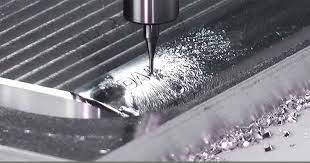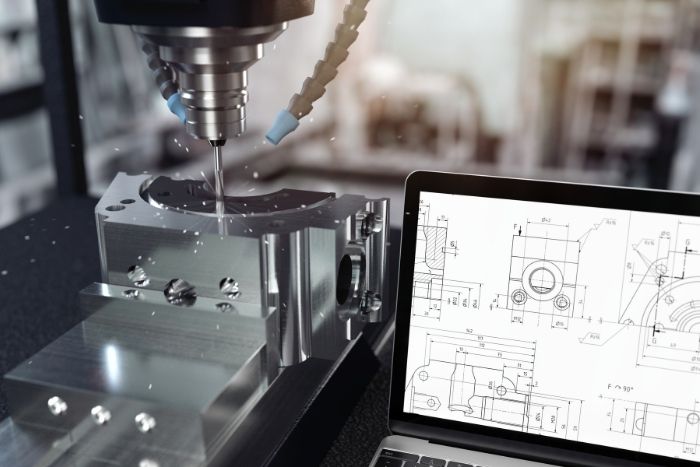- Jan 20, 2024
Rapid prototyping has revolutionized the product development process by offering quick and cost-effective methods to create physical prototypes directly from digital designs. Among the various techniques, three prominent types of rapid prototyping have gained widespread use. In this article, we will explore these three types and their significance in the realm of product design and development.
1. Stereolithography (SLA):
Overview:
- Process: Stereolithography (SLA) is an additive manufacturing process that uses a liquid photopolymer resin cured layer by layer with a UV laser.
- Application: SLA is widely used for creating prototypes with intricate details and smooth surface finishes.
- Advantages:
- High precision and resolution.
- Well-suited for small, detailed parts.
- Suitable for visual and functional prototypes.
Use Case Scenario:
An industrial design firm uses SLA to create a detailed prototype of a consumer electronics device, allowing designers to assess both the visual and functional aspects of the product.

2. Selective Laser Sintering (SLS):
Overview:
- Process: Selective Laser Sintering (SLS) utilizes a high-powered laser to selectively fuse powdered materials, typically nylon or other polymers, layer by layer.
- Application: SLS is known for its versatility and is suitable for creating functional prototypes and parts with complex geometries.
- Advantages:
- No need for support structures.
- Wide range of material options.
- Suitable for producing end-use parts.
Use Case Scenario:
- An automotive engineer leverages SLS to prototype a complex engine component, allowing for functional testing and validation before moving into full-scale production.
3. Fused Deposition Modeling (FDM):
Overview:
- Process: Fused Deposition Modeling (FDM) is an additive manufacturing process where a thermoplastic filament is heated and extruded layer by layer to create the final part.
- Application: FDM is commonly used for rapid prototyping, especially when functional testing is a priority.
- Advantages:
- Wide range of available materials.
- Cost-effective for larger parts.
- Strong and durable prototypes.
Use Case Scenario:
- A product development team employs FDM to create a functional prototype of a consumer product casing, ensuring the design is both robust and cost-effective for mass production.
Significance in the CNC Prototype Service Landscape:
Speed and Iteration:
- Rapid prototyping techniques, including SLA, SLS, and FDM, offer unparalleled speed in creating prototypes. This rapid turnaround enables designers and engineers to iterate on designs quickly, accelerating the overall product development process.
Cost-Effective Prototyping:
- CNC prototype services, such as CNC milling services offered by a CNC machine shop, can be complemented by rapid prototyping. While CNC milling is excellent for precision and larger production runs, rapid prototyping methods provide a cost-effective solution for creating initial prototypes and refining designs before engaging in CNC machining.
Functional Testing and Validation:
- The three types of rapid prototyping play a crucial role in functional testing and validation. Engineers can create prototypes that closely mimic the properties of final production parts, allowing for in-depth testing and validation of designs before committing to expensive tooling or machining processes.
Conclusion:
In conclusion, the three types of rapid prototyping—Stereolithography (SLA), Selective Laser Sintering (SLS), and Fused Deposition Modeling (FDM)—have become invaluable tools in the product development toolbox. They offer speed, cost-effectiveness, and the ability to create functional prototypes for testing and validation. When integrated into a CNC prototype service landscape, these rapid prototyping methods enhance the overall product development process, providing designers and engineers with the flexibility to iterate quickly, validate designs, and ultimately bring innovative products to market with confidence


